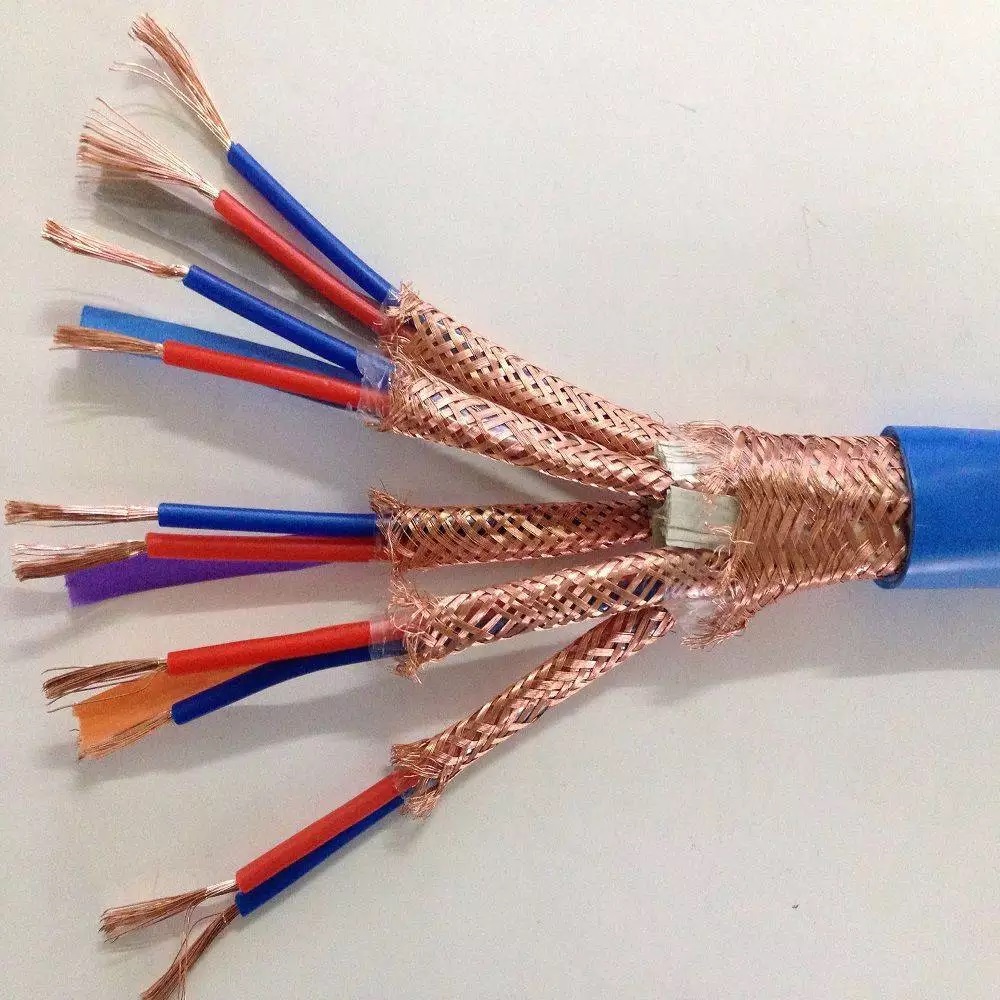Introduction
Servo motors play a crucial role in various industries, providing precise control and motion capabilities for a wide range of applications. These motors require control cables to transmit signals and power effectively, ensuring smooth and accurate operation. In this article, we will delve into the world of servo motor control cables, exploring their importance, functionality, types, and considerations for optimal performance.
Importance of Servo Motor Control Cables
Servo motor control cables are essential components that connect the servo drive to the motor, enabling the transmission of control signals and power. These cables play a critical role in ensuring the seamless operation of servo systems, allowing for precise positioning, speed control, and torque management. Without reliable control cables, the performance of servo motors would be compromised, leading to inaccuracies, inefficiencies, and potential system failures.

Functionality of Servo Motor Control Cables
Servo motor control cables serve several key functions in a servo system, including:
1. Signal Transmission: Control cable s carry electrical signals from the servo drive to the motor, providing commands for precise movement and operation. These signals dictate the speed, position, and torque output of the motor, allowing for accurate control and performance.
2. Power Delivery: In addition to transmitting control signals, servo motor control cables also deliver power from the servo drive to the motor. This power supply is essential for driving the motor and enabling it to perform the desired tasks with precision and efficiency.
3. Feedback Loop: Some servo motor control cables incorporate feedback mechanisms to relay information from the motor back to the servo drive. This feedback loop allows the system to adjust and correct for any deviations or errors, ensuring consistent and accurate performance.
Types of Servo Motor Control Cables
Servo motor control cables come in various types to suit different applications and requirements. Some common types of control cables include:
1. Shielded Cables: Shielded cables are designed to minimize electromagnetic interference (EMI) and radio frequency interference (RFI) that can affect signal transmission in servo systems. These cables feature a protective shield made of conductive material to prevent external disturbances from impacting the signal quality.
2. Twisted Pair Cables: Twisted pair cables consist of two insulated conductors twisted together to reduce crosstalk and interference. This design helps improve signal integrity and reliability, making twisted pair cables ideal for applications where noise immunity is crucial.
3. High-Flex Cables: High-flex cables are designed to withstand repeated bending and flexing without compromising performance. These cables are commonly used in applications that require continuous motion or frequent changes in direction, such as robotic arms and automated machinery.
4. Feedback Cables: Feedback cables integrate additional wires or conductors to facilitate the transmission of feedback signals from the motor to the servo drive. These cables enable closed-loop control systems, where real-time feedback is used to adjust and optimize motor performance.
Considerations for Optimal Performance
When selecting servo motor control cables for a specific application, several factors should be considered to ensure optimal performance and reliability. Some key considerations include:
1. Cable Length: The length of the control cable can impact signal integrity and voltage drop, especially in long-distance applications. It is essential to choose a cable length that meets the requirements of the system without compromising performance.
2. Cable Gauge: The gauge of the control cable determines its current-carrying capacity and voltage drop characteristics. Selecting the appropriate gauge based on the power requirements of the motor is crucial for efficient operation and minimal power losses.
3. Environmental Conditions: Consider the environmental conditions in which the servo system will operate, such as temperature, humidity, and exposure to chemicals or abrasion. Choose control cables with suitable insulation and jacketing materials that can withstand these conditions and ensure long-term durability.
4. Flexibility and Durability: For applications that involve continuous motion or dynamic movement, high-flex cables are recommended to prevent premature wear and failure. Ensure that the control cables are flexible and durable enough to withstand the mechanical stresses of the application.
5. EMI/RFI Protection: Shielded cables are essential for applications where electromagnetic interference can degrade signal quality and performance. Select control cables with adequate shielding to minimize the impact of EMI/RFI and ensure reliable signal transmission.
Conclusion
Servo motor control cables are vital components that enable the precise control and operation of servo systems in various industrial applications. By understanding the importance, functionality, types, and considerations for selecting control cables, engineers and system designers can ensure the optimal performance and reliability of servo motors. Choosing the right control cables based on the specific requirements of the application is essential for achieving accurate positioning, speed control, and torque management in servo systems.
